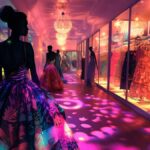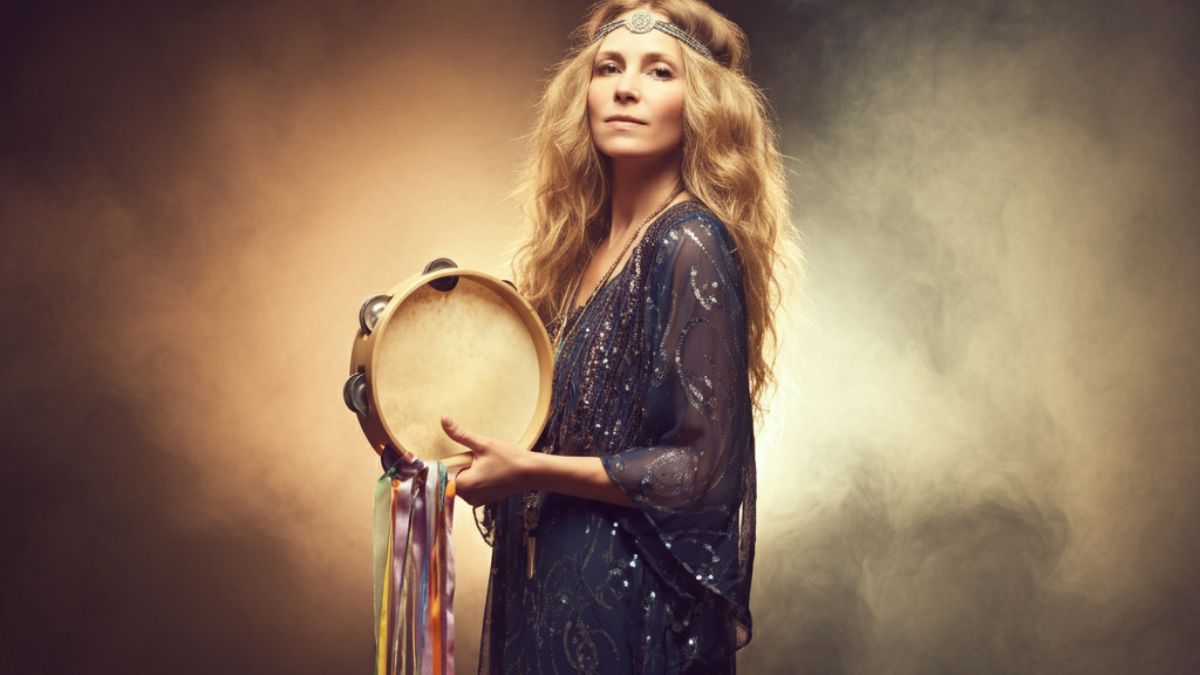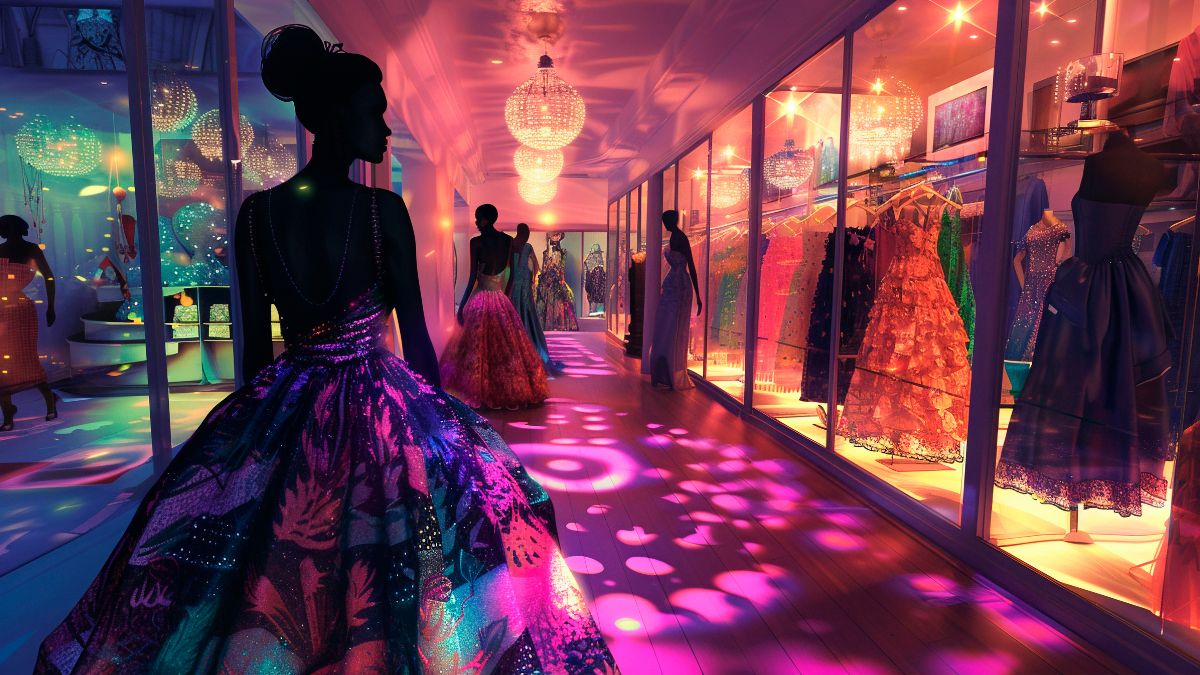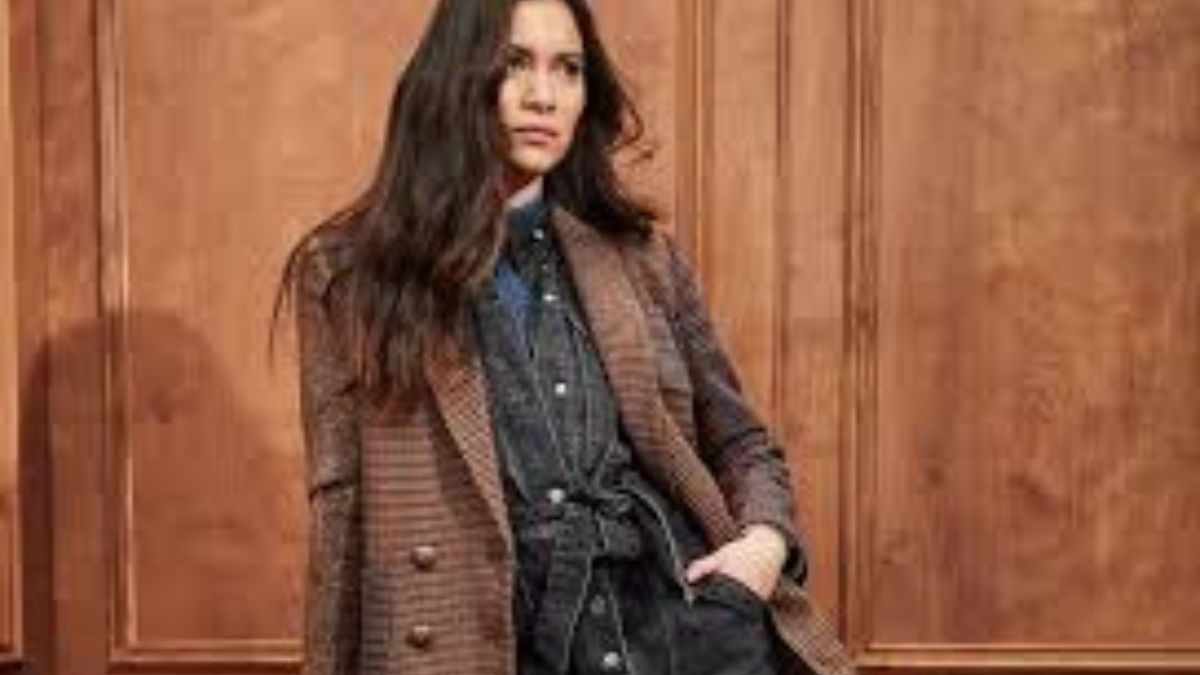Stevie Nicks didn’t just change music—she revolutionized what it meant to be a rock star. With her flowing chiffon, platform boots, and mystical aesthetic, the Fleetwood Mac frontwoman created a fashion legacy that continues to inspire musicians and fashion lovers decades later. Her distinctive style became as iconic as her voice, blending bohemian romance with rock rebellion in ways that felt both ethereal and powerful.
From vintage shawls discovered in thrift stores to custom-made flowing dresses, Nicks crafted a look that was uniquely hers. Her fashion choices weren’t just about aesthetics—they were armor, allowing her to command the stage with confidence while expressing her artistic vision. Understanding Stevie Nicks fashion means exploring how one woman’s personal style became a blueprint for mystical femininity in rock music.
This exploration of her fashion evolution reveals how Nicks transformed simple vintage pieces into stage magic, influencing everything from runway collections to everyday boho-chic styling.
The Birth of Boho Rock Style
Stevie Nicks fashion emerged in the mid-1970s as a direct response to the male-dominated rock scene. While her contemporaries wore leather jackets and tight jeans, Nicks chose flowing fabrics and feminine silhouettes that moved like poetry in motion. Her style drew inspiration from Victorian romance, 1920s glamour, and 1960s hippie culture, creating something entirely new.
The foundation of her look centered on movement and mystery. Every piece she chose—from billowing sleeves to tiered skirts—was selected for how it would enhance her stage presence. When she spun during “Rhiannon” or swayed through “Landslide,” her clothes became part of the performance, creating visual drama that matched her musical intensity.
Her early fashion choices also reflected practical considerations. The flowing fabrics helped disguise her insecurities about her body while allowing her complete freedom of movement on stage. What started as personal comfort evolved into iconic style, proving that authenticity often creates the most lasting fashion statements.
Signature Elements of Stevie Nicks Fashion
Flowing Fabrics and Layered Textures
Chiffon, silk, and velvet formed the cornerstone of Nicks’ wardrobe. She gravitated toward fabrics that caught light and moved with ethereal grace. Her dresses often featured multiple layers, creating depth and visual interest while maintaining the flowing silhouette that became her trademark.
These fabric choices served multiple purposes beyond aesthetics. The layers provided modesty while remaining sensual, and the flowing nature of the materials created the illusion of floating across the stage. Nicks understood that her clothes needed to work as hard as she did during performances.
Platform Boots and Statement Footwear
Perhaps no element of Stevie Nicks fashion is more recognizable than her platform boots. These weren’t just fashion statements—they were practical necessities that added height and presence to her petite frame. The platforms became so associated with her image that she continued wearing them well into her seventies.
Her boot collection ranged from simple black leather to ornate designs with metallic details and embroidered patterns. Each pair was carefully chosen to complement her flowing dresses while providing the stability she needed for energetic performances. The contrast between delicate fabrics and bold footwear became a defining characteristic of her style.
Shawls, Scarves, and Mystical Accessories
No discussion of Stevie Nicks fashion would be complete without mentioning her legendary collection of shawls. These weren’t mere accessories—they were integral to her stage persona and personal expression. Each shawl told a story, often sourced from vintage shops or gifted by fans who understood their significance.
The shawls served both practical and artistic purposes. They could be dramatically thrown during performances, used to create flowing silhouettes, or wrapped protectively around her shoulders. Some became so iconic that they earned their own reputations, like the black chiffon shawl she wore during many “Rhiannon” performances.
The Evolution Through Decades
1970s: Establishing the Foundation
During Fleetwood Mac’s breakthrough years, Nicks established the core elements of her style. Vintage Victorian dresses, peasant blouses, and flowing skirts dominated her wardrobe. This period saw her experimenting with different textures and proportions, eventually settling on the dramatic silhouettes that would define her image.
The 1970s also marked her discovery of Margi Kent, a costume designer who would become instrumental in creating her stage wardrobe. Kent understood Nicks’ vision and helped translate her thrift store finds into performance-ready pieces that maintained their vintage charm while withstanding the rigors of touring.
1980s: Maximalism and Glamour
The excess of the 1980s found perfect expression in Stevie Nicks fashion. This decade brought more elaborate pieces, increased use of metallic accents, and bolder proportions. Her clothes became more theatrical, reflecting both the era’s aesthetic and her growing confidence as a solo artist.
During this period, Nicks began incorporating more structured elements into her wardrobe while maintaining her signature flowing aesthetic. Jackets with dramatic shoulders appeared alongside her flowing dresses, creating interesting contrasts that kept her look fresh and contemporary.
1990s and Beyond: Refined Mysticism
As Nicks matured, her fashion choices became more refined while retaining their mystical essence. The core elements remained—flowing fabrics, platform boots, and dramatic accessories—but the execution became more sophisticated. Colors deepened, fabrics became more luxurious, and the overall effect grew more polished without losing its bohemian soul.
The Lasting Impact on Fashion and Culture
Stevie Nicks fashion influence extends far beyond the music industry. Her aesthetic helped popularize bohemian style in mainstream fashion, paving the way for designers who would later embrace flowing fabrics and mystical themes. Elements of her look appear regularly on runways and in street style, testament to the timeless appeal of her vision.
The “witchy” aesthetic that has gained popularity in recent years owes much to Nicks’ pioneering style. Her combination of feminine mysticism with rock star confidence created a template that continues to inspire new generations of artists and fashion enthusiasts.
Her influence also extends to how female performers approach stage fashion. Many artists have adopted elements of her philosophy—that stage clothes should enhance rather than restrict performance, and that personal style can be both armor and artistic expression.
Modern Interpretations and Styling Tips
Contemporary fashion lovers can incorporate Stevie Nicks-inspired elements without costume-like results. Start with flowing maxi dresses or skirts in rich fabrics like velvet or chiffon. Layer with vintage-inspired blouses or add dramatic sleeves to create movement and visual interest.
Accessories play a crucial role in achieving this aesthetic. Look for vintage scarves, layered jewelry with mystical motifs, and boots with interesting textures or metallic details. The key is balance—combine flowing elements with more structured pieces to avoid overwhelming the silhouette.
Color choices should reflect the mood you want to create. Nicks favored black, deep blues, rich browns, and occasional metallics. These colors photograph beautifully and work well in various lighting conditions, making them practical choices for both everyday wear and special occasions.
The Enduring Magic of Mystical Style
Stevie Nicks fashion represents more than clothing choices—it embodies a philosophy of self-expression that prioritizes authenticity over trends. Her style succeeded because it perfectly matched her artistic vision and personal comfort, creating coherence between her music and visual presentation.
The lessons from her fashion legacy extend beyond specific clothing items to broader principles about personal style. True fashion influence comes from understanding yourself deeply enough to create something genuinely unique, then having the confidence to maintain that vision regardless of changing trends.
For anyone seeking to develop their own distinctive style, Stevie Nicks offers a masterclass in the power of consistency, authenticity, and the courage to be different. Her fashion legacy reminds us that the most memorable style comes not from following rules, but from breaking them with purpose and grace.











